

Dan Tyminski, the singer on Avicii's "Hey Brother" is the same guy who sang lead vocal on "A Man Of Constant Sorrow" in the movie O’ Brother, Where Art Thou.

The Phoenix song "1901" is about Paris. Their lead singer Thomas Mars said: "Paris in 1901 was better than it is now. So the song is a fantasy about Paris."
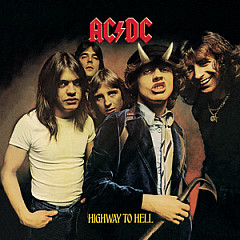
At the end of AC/DC's "Night Prowler," you hear Bon Scott say, "Shazbot, Nanu Nunu." Those were Robin Williams' sayings on his TV show Mork & Mindy. Scott was a big fan.

"Personal Jesus," a song about "being a Jesus for somebody else," was inspired by Elvis and Priscilla Presley.

Diane Warren originally wrote Aerosmith's hit tune "I Don't Want To Miss A Thing" for Celine Dion.
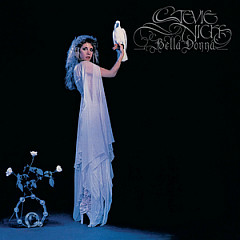
The death of John Lennon was an influence on the Stevie Nicks hit "Edge Of Seventeen." He's the one with the "words of a poet and voice from a choir."
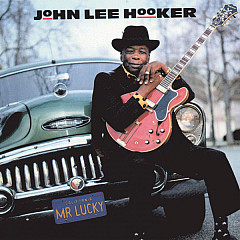
Into the vaults for Bruce Pollock's 1984 conversation with the esteemed bluesman. Hooker talks about transforming a Tony Bennett classic and why you don't have to be sad and lonely to write the blues.
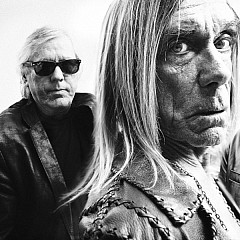
The Stooges guitarist (and producer of the Kill City album) talks about those early recordings and what really happened with David Bowie.

The "All I Want" singer went through a long depression, playing some shows when he didn't want to be alive.

Switchfoot's frontman and main songwriter on what inspires the songs and how he got the freedom to say exactly what he means.

The renown rock singer talks about "The House of the Rising Sun" and "Don't Let Me Be Misunderstood."
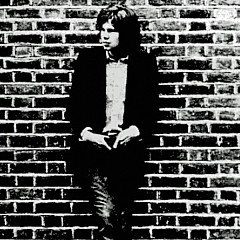
The head of Drake's estate shares his insights on the late folk singer's life and music.